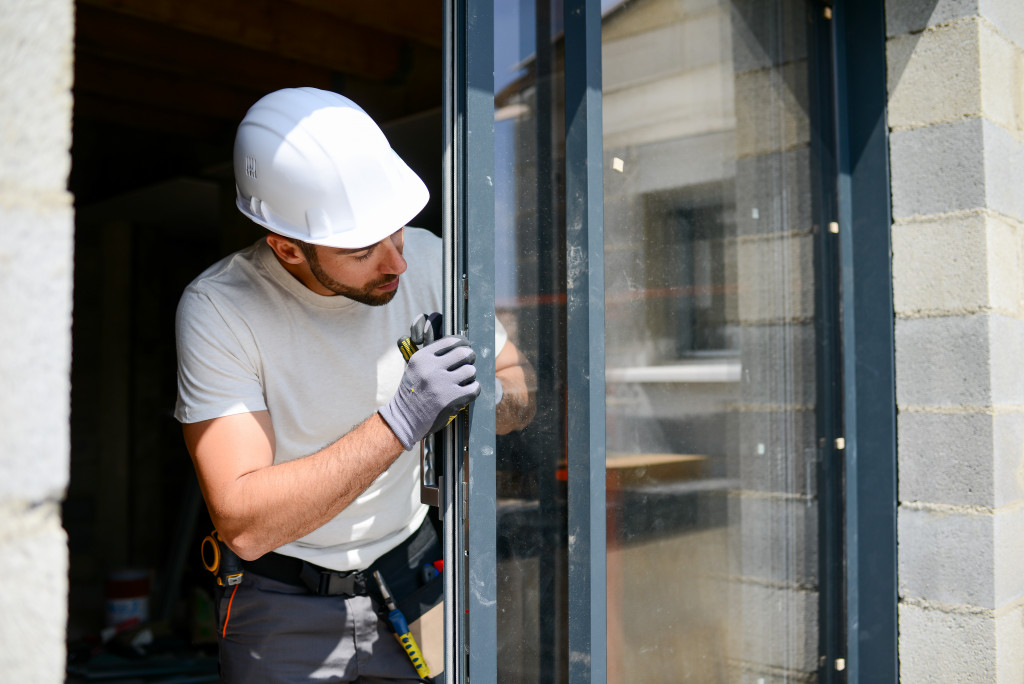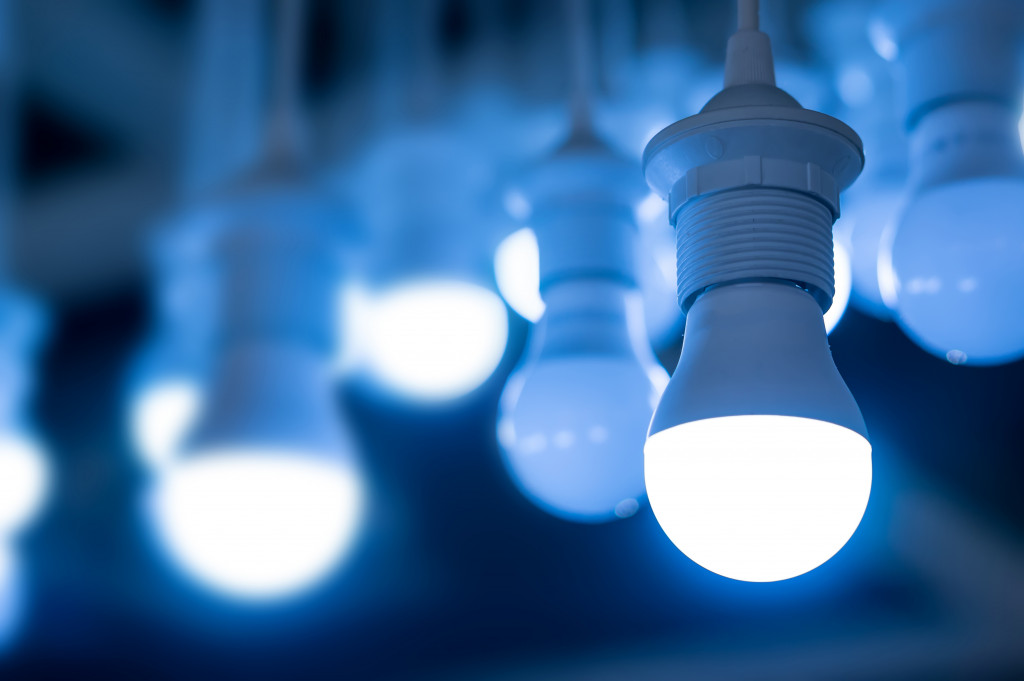- Replacing old windows with double-paned windows and Low-E coatings saves energy costs and contributes to environmental sustainability.
- Proper insulation of walls, attics, and basements reduces heat exchange, increases comfort, saves up to 20%, lasts up to 30 years, increases the value of your home, and attracts potential buyers.
- Simple energy-saving practices include replacing traditional lightbulbs with energy-efficient LED bulbs, installing a programmable thermostat, unplugging electronics and appliances when not in use, and using power strips.
- Power strips save energy, protect devices from surges, and reduce standby power consumption by up to 10%.
Making your home more energy efficient is one of the best ways to save money, reduce your carbon footprint and help the environment. With a few simple steps, you can improve the overall efficiency of your home and reduce your energy bills in the long run.
Replace your windows

Replacing windows is an essential step toward improving energy efficiency in any home. This is especially important if the windows are old or damaged, as they can leak air and cause overuse of air conditioning and heating systems.
To properly replace windows, homeowners should first measure the size of their old windows and determine the type of window they need. Double-paned windows are more energy-efficient than single-paned ones, as they provide better insulation.
If possible, homeowners should also choose windows with Low-E coatings, which helps to block harmful UV rays and reduce heat transmission. Once the windows are selected, they must be properly installed to ensure maximum energy efficiency. By replacing windows with newer, more efficient ones, homeowners can save on energy costs while contributing to environmental sustainability.
Insulate walls
Proper insulation of your home’s walls, attics, basements, and other areas is crucial for energy efficiency. It adds foam or fiberglass insulation to reduce heat exchange, keeping heat inside during the colder months and outside during the warmer ones. A well-insulated home improves energy efficiency and increases the residents’ comfort.
The right insulation material can help reduce your energy bills by up to 20%, and with the right installation, it can last up to 30 years. Proper insulation can also increase the value of your home, and those looking to sell their property will attract potential buyers because an energy-efficient home is a must-have feature for many today. In conclusion, investing time and money into proper insulation not only benefits you but also benefits your home’s value and the environment.
Implement energy-saving practices
Implementing energy-saving practices at home is a great way to save energy and money. Here are some ways to do that:
Replace your lightbulbs

As society becomes more aware of the need to conserve energy, people constantly search for ways to reduce their energy consumption. One of the easiest ways to do this is by replacing traditional incandescent lightbulbs with energy-efficient LED bulbs.
Not only do LED lights use less electricity, but they also have a longer lifespan, meaning fewer bulb replacements and less money spent on lighting. LED lights can use up to 80% less energy than other bulbs.
This increased energy efficiency lowers your energy bills and helps reduce greenhouse gas emissions, making it an essential step toward a greener and more sustainable future. So, replacing your lightbulbs with LEDs is worth considering to improve your home’s energy efficiency.
Install a programmable thermostat
Installing a programmable thermostat is a smart way to control the temperatures in your home throughout the day. Unlike traditional thermostats, programmable ones let you set different temperatures for different times of the day, ensuring optimum comfort while saving energy.
Using less energy will make your home more energy efficient, resulting in lower utility bills and a smaller carbon footprint. A programmable thermostat is a must-have for environmentally conscious people looking to reduce their energy costs.
Although the installation process can vary depending on the device, it is a relatively easy DIY project that can be completed quickly. With some patience and basic tools, your home can quickly start reaping the benefits of a programmable thermostat.
Unplug electronics and appliances when not in use
Unplugging electronics and appliances when not in use is a simple yet effective way to improve your home’s energy efficiency. This involves physically disconnecting your devices from the power source instead of merely turning them off.
It is important to note that many electronics and appliances continue to draw power even when turned off, known as standby power or phantom load. This wasted power can add up over time, resulting in higher energy bills.
Unplugging your devices when they are not in use can reduce your energy consumption, save money, and decrease your environmental footprint. As an expert on energy efficiency, it is recommended to make unplugging a regular habit in your daily routine to maximize the benefits.
Use power strips
Power strips are a simple and effective way to improve your home’s energy efficiency. You can save energy and reduce your energy bill by cutting off power to devices that are not in use. Power strips serve as centralized power sources for multiple devices.
Many are equipped with timers or smart technology that automatically shut off power to devices that sense inactivity. This strategy is particularly important in homes with multiple electronics, as standby power consumption can account for up to 10% of a household’s energy usage.
Power strips can protect your electronic devices and prolong their lifespans from power surges. By adopting this simple habit of using power strips correctly, individuals can significantly reduce their environmental impact while saving money.
These are just a few ways to improve your home’s energy efficiency. Energy-efficient homes reduce energy bills and contribute to a greener and more sustainable future.

